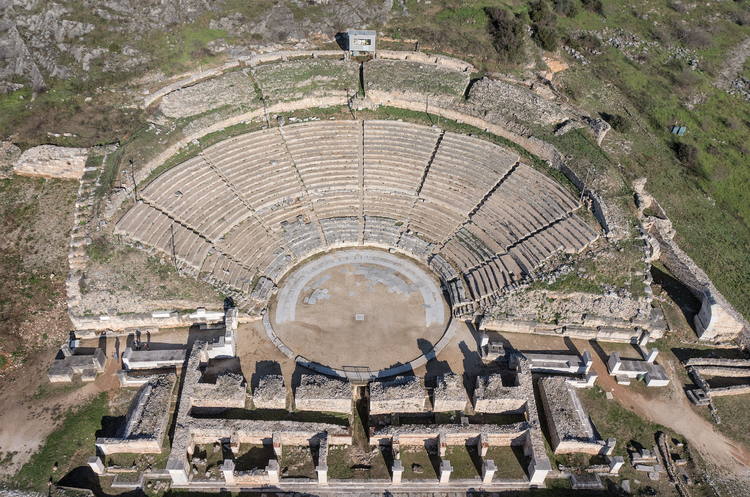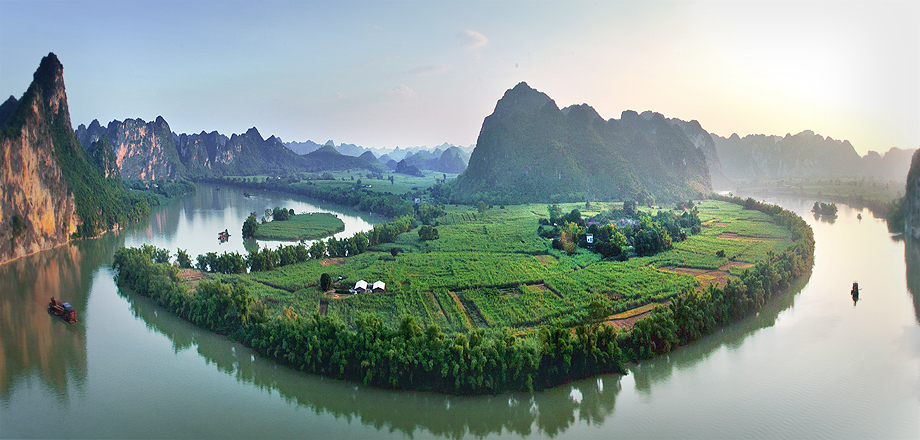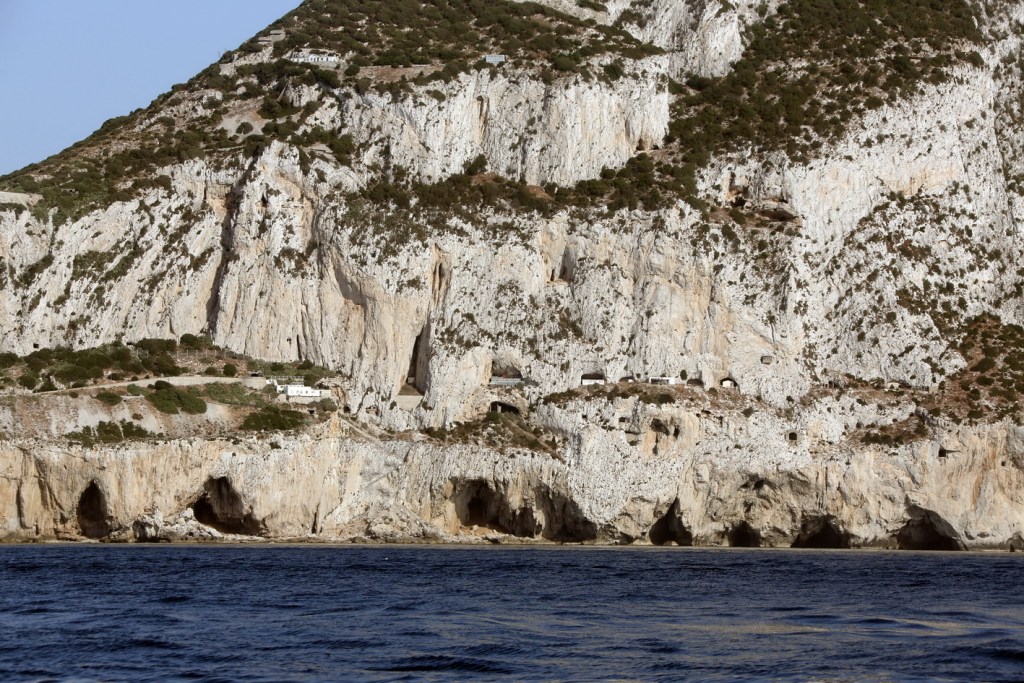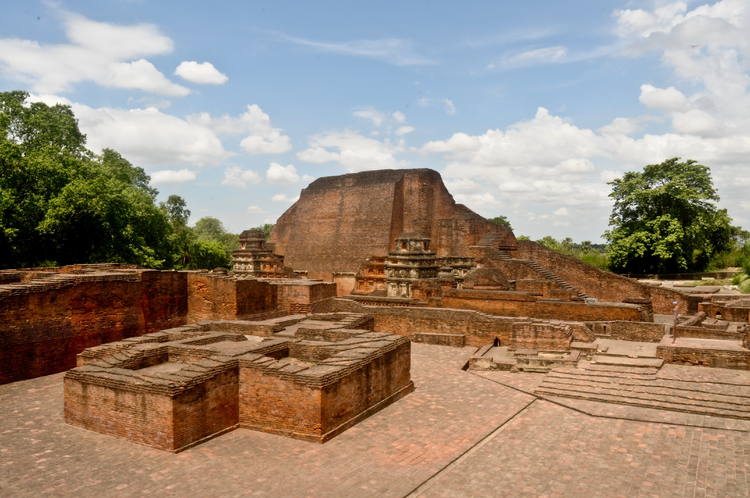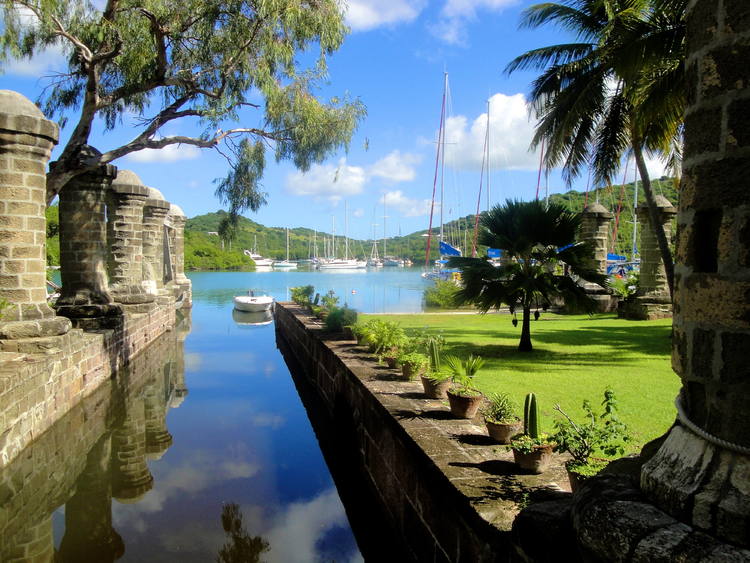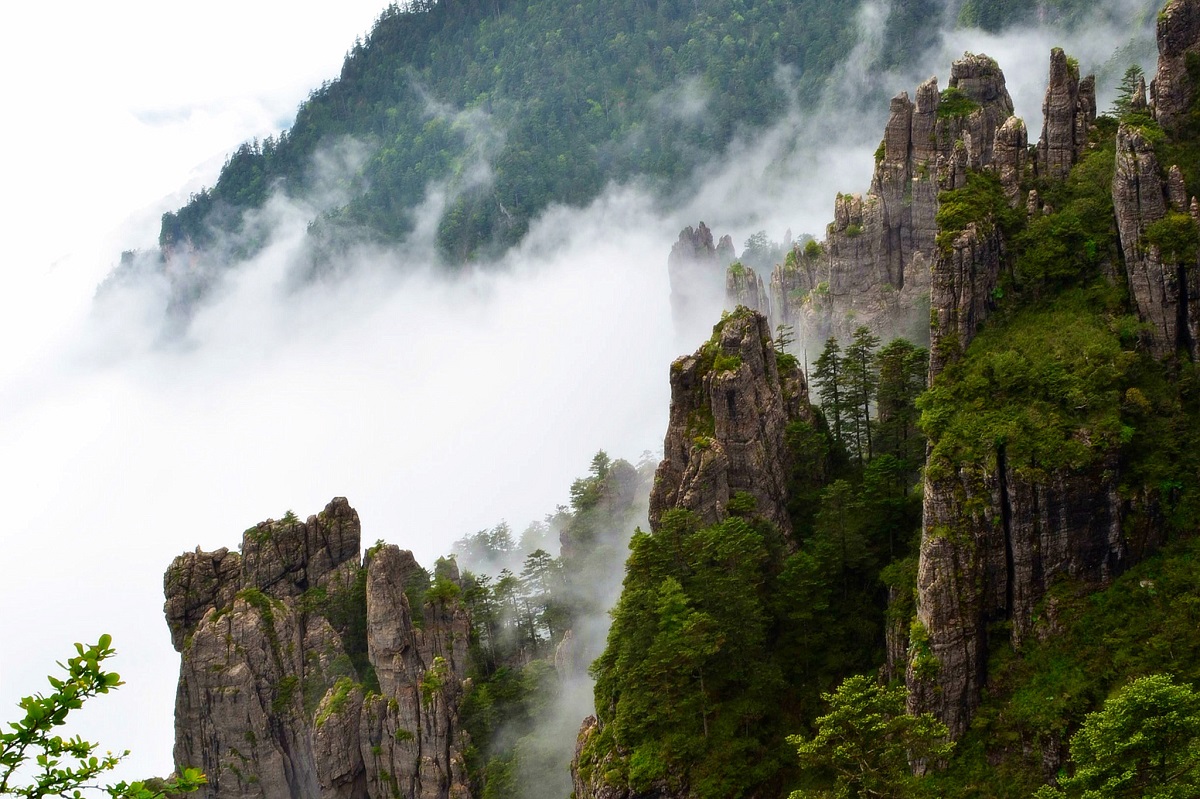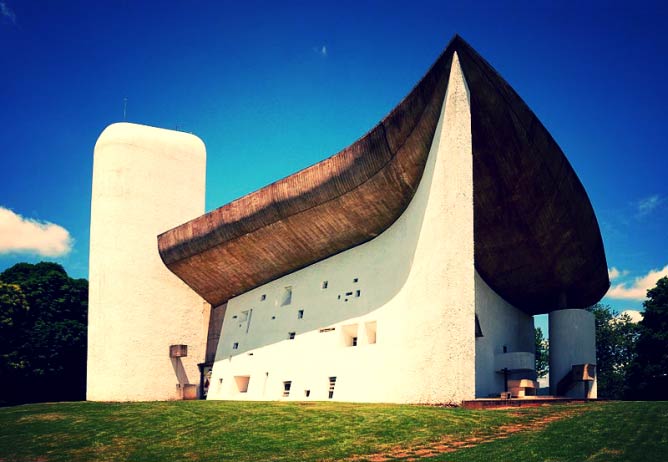I
UNESCO updated its eclectic list of the world’s most fascinating places in 2016. Countries campaign hard to get their treasured wilderness reserves, archeological ruins, and historic sites recognized by the esteemed program. After much deliberation, the organization decides each year on new sites worthy of World Heritage status to add to its list of more than a thousand places of “outstanding universal value to humanity.”
National Geographic picked 10 newcomers in the list to recommend to travelers. In the first place of the list is the Archaeological site of Philippi.
See the top 10:
1.Archaeological Site of Philippi – Northern Greece
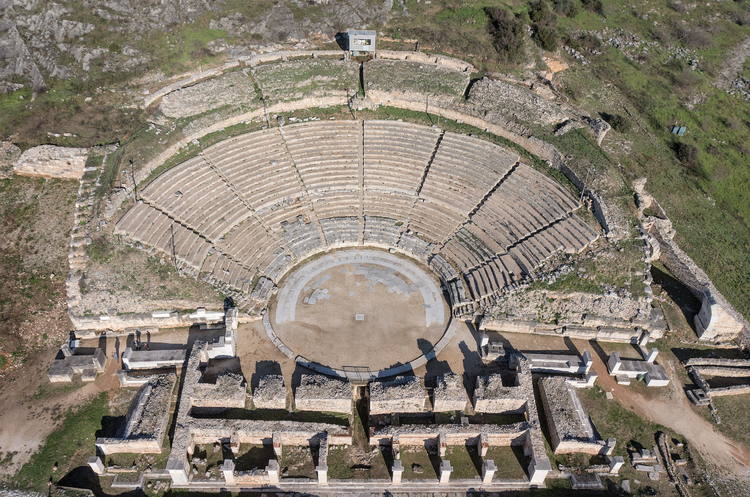
Once considered a miniature version of Rome, Philippi—founded in the fourth century B.C.—hosted a theater, temple, and forum at the foot of an acropolis in Eastern Macedonia and Thrace. The walled city, located on an ancient route connecting Europe and Asia, later became a center for Christianity, and remains of its basilicas still stand today.
2.The Architectural work of Le Corbusier

The creative genius of French-Swiss architect Le Corbusier takes the spotlight with 17 masterpieces making the cut for the World Heritage List.
3.Mistaken Point – Island of Newfoundland in eastern Canada

Named for the navigational hazard it poses at the often foggy southeastern tip of Newfoundland’s Avalon Peninsula, Mistaken Point is home to the oldest complex life-forms found anywhere on Earth.
4. Hubei Shennongjia – Northwestern Hubei province of China

Hubei Shennongjia is the only well-preserved subtropical forest ecosystem in the world’s middle latitudes. In addition to some 5,000 plant species, rare animal species like the Chinese salamander, the snub-nosed monkey, clouded leopard, and the Asian black bear call Hubei Shennongjia home.
5. Antigua Naval Dockyard – Antigua’s historic district on the extreme south of the island

The Georgian-style marina set in Antigua’s deep, narrow bays came to prominence during the 18th century to protect the interests of sugarcane planters when European powers competed for control of the eastern Caribbean.
6. Antequera Dolmens Site – Málaga province in the southern Spanish autonomous community of Andalusia

Dating from the third millennium B.C., these burial mounds hiding in the Andalusian mountains have been described by UNESCO as “one of the most remarkable architectural works of European prehistory and one of the most important examples of European Megalithism.”
7. Revillagigedo Archipelago – About 300 miles off the coast of Baja California, Mexico

Four submerged volcanic islands mark the site where, about 3.5 million years ago, there was an expansion of the ocean floor. The volcanic activity continues to make the reserve an important site of geological study. Nicknamed Mexico’s “little Galápagos,” the islands and surrounding waters provide a stopping point for seabirds and critical habitat for a range of wildlife, with an incredible abundance of manta rays, whales, dolphins, and sharks.
8. Nalanda Mahavihara archaeological site – State of Bihar in northeastern India

Earning the distinction of the Indian subcontinent’s most ancient university, the Nalanda Mahavihara archaeological site displays top class stupas, shrines, viharas (residential and educational buildings), and other important works of art. The fifth-century monastery organized the transmission of university knowledge over an uninterrupted 800 years and helped the development of Buddhism into a religion.
9.Gorham’s cave complex – British Overseas Territory of Gibraltar on the south coast of Spain

This striking network of sea caves on the eastern side of the Rock of Gibraltar is the last known site of Neanderthal survival. Archaeologists discovered treasures like stone tools and abstract rock engravings in Gorham’s four caves, helping to understand human evolution and Neanderthal occupation over a span of more than 125,000 years.
10. Zuojiang Huashan Rock art Cultural Landscape – Along the Zuojiang River in south China’s Guangxi Autonomous Region bordering Vietnam

Straddling steep limestone cliffs in a spectacular landscape formed 200 million years ago, these 38 examples of rock art offer the only trace left of the life and rituals of the Luoyue people. Some scholars believe the paintings—dating back to the fifth century B.C.—depict ceremonies of the bronze drum culture once prevalent across southern China.
[:]



